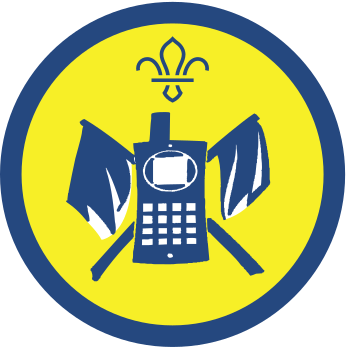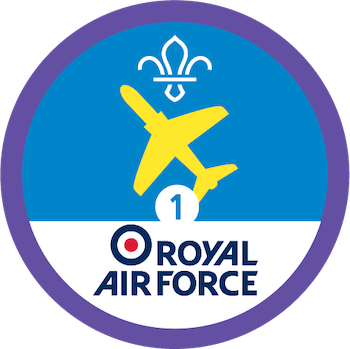
Phonetic alphabet hunt
You’ll need
- Pens or pencils
- A4 paper
- Items to hide
To watch in full screen, double click the video
- The person leading the activity should ask everyone if they’ve heard of the phonetic alphabet and, if not, they should introduce it to the group.
- Everyone should get into pairs. The person leading the activity should give each pair an item to hide, a ‘Phonetic alphabet’ sheet, a piece of paper, and a pencil.
- Each pair should hide their item somewhere in or around the meeting space. They should write down the hiding place, so they don’t forget it.
- The pairs should sit together and write clues or directions to find the location of their item using the NATO Phonetic Alphabet. Helpers can support with correct spellings or words.
- The person leading the activity should pair up each pair with another to exchange clues.
- The first pair should say their clue out loud to the other pair. As soon as the pair thinks they’ve decoded the clue, they should go and find the item.
- Once the first pair have found the item, they should say their clue to the second pair. They should decode the clue and find the item.
Reflection
This activity helped everyone to practise their phonetic alphabet by creating and deciphering clues. Now, everyone should understand why pilots use the phonetic alphabet; being on an aircraft can be really noisy, so the phonetic alphabet helps people communicate more clearly. For example, letters like S and F can sound similar on their own but not when they’re part of different words. This is how the phonetic alphabet helps pilots make sure they understand messages correctly.
Can anyone think of other times the phonetic alphabet might be useful? It can help people correctly spell a name or address over the phone, so the emergency services often use it. Everyone should try remembering to use it if they ever have to call the emergency services.
Safety
All activities must be safely managed. You must complete a thorough risk assessment and take appropriate steps to reduce risk. Use the safety checklist to help you plan and risk assess your activity. Always get approval for the activity, and have suitable supervision and an InTouch process.
- If you have radios, you could give them to the pairs to exchange clues. Meanwhile, everyone else could make sounds to replicate aircraft noise.
- Everyone can change the difficulty level of their clues. If their clue is really tricky, they might want to make a second easier one in case the other pair needs some more help.
- If they’ve learned the phonetic alphabet before, challenge everyone to complete this activity without using the sheet.
Make it accessible
All Scout activities should be inclusive and accessible.
Everyone could learn their name, address and postcode in the phonetic alphabet.
You could try learning another type of communication such as Morse code, flag semaphore, or using pictures and symbols. This could be part of the Beavers Communicator Activity Badge.

